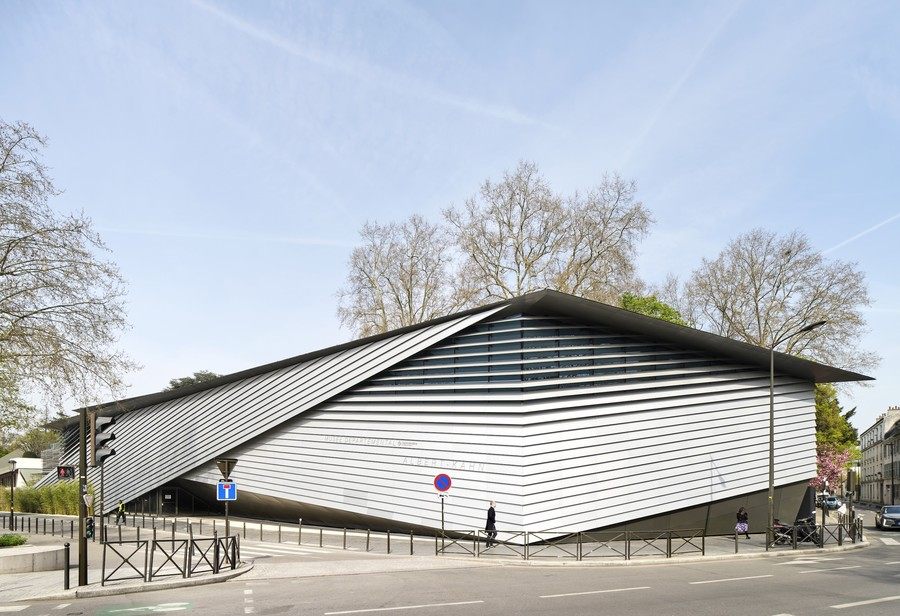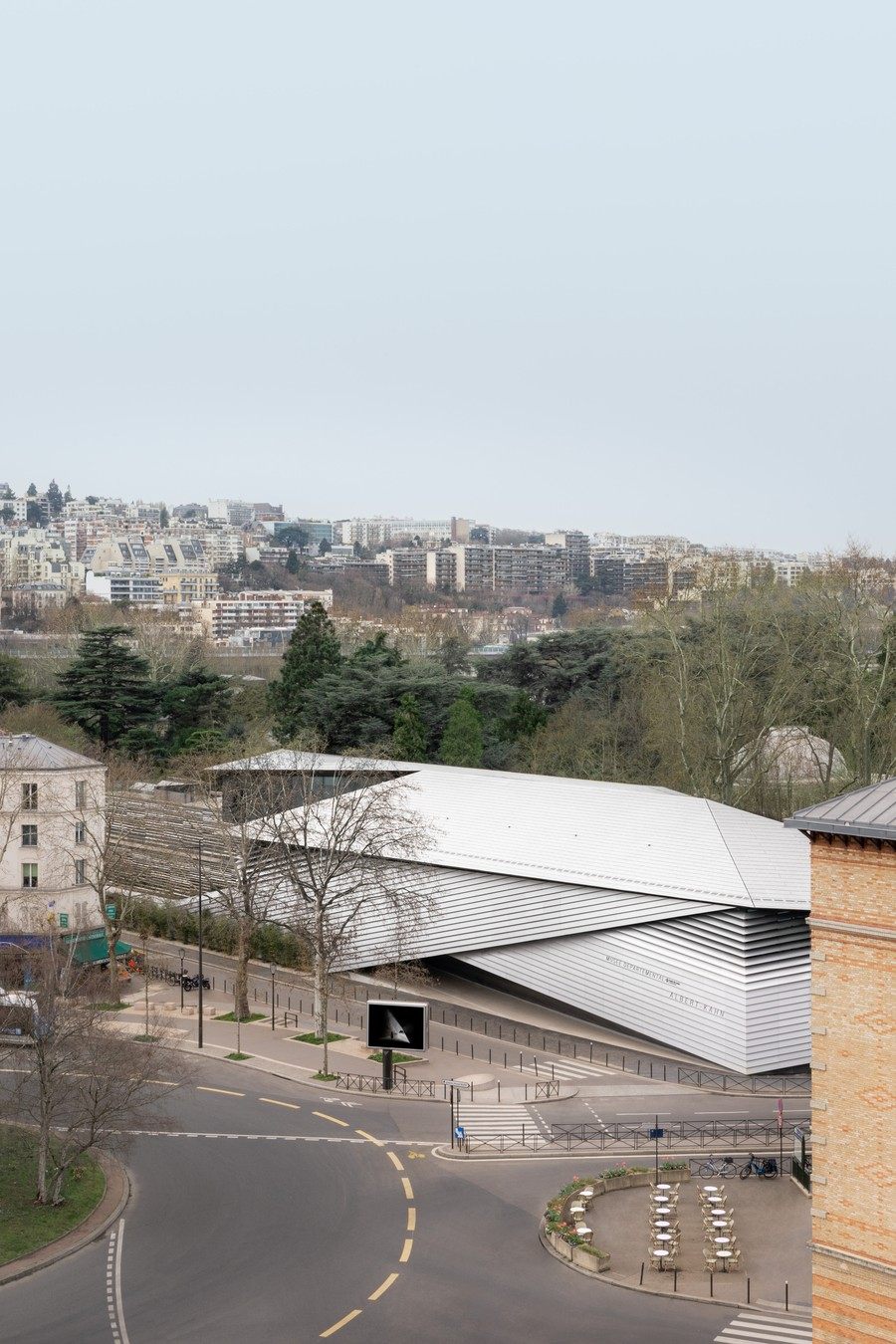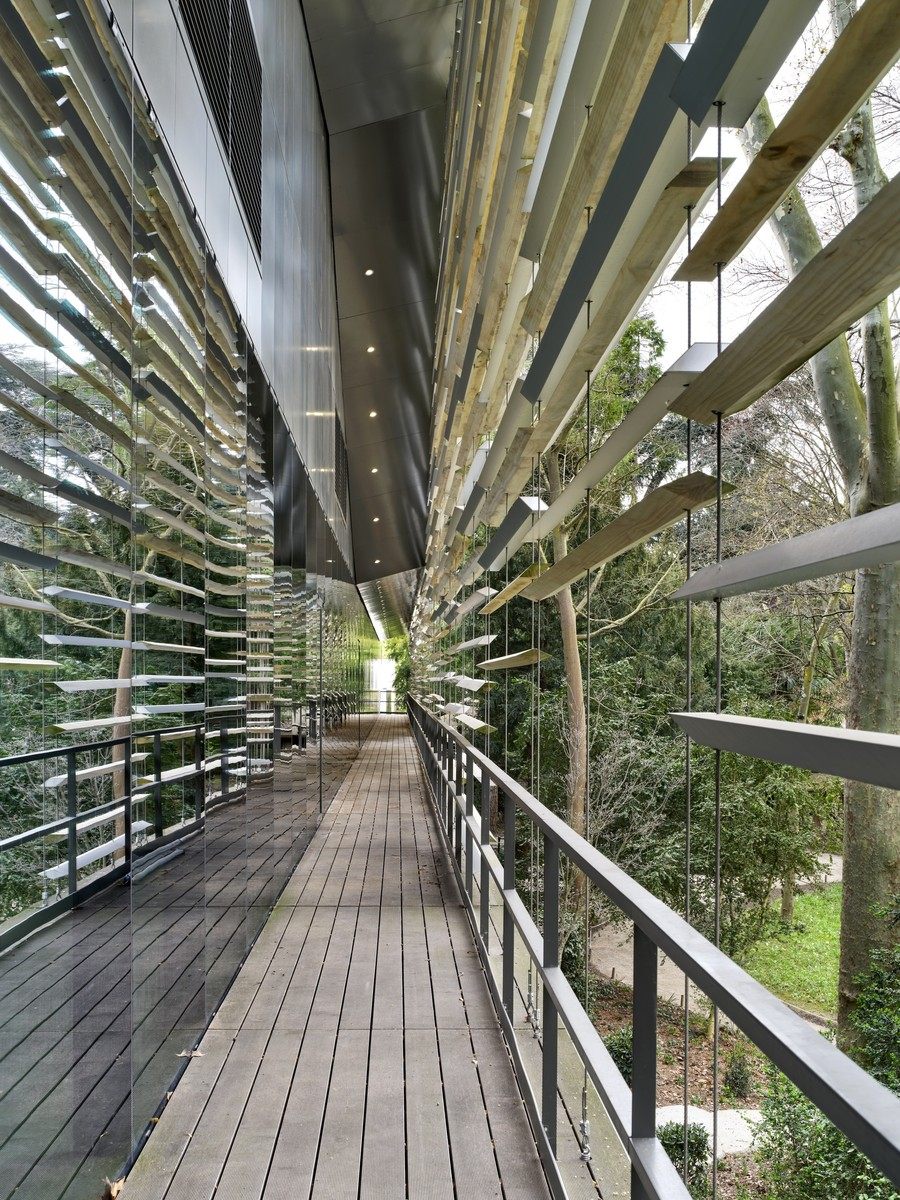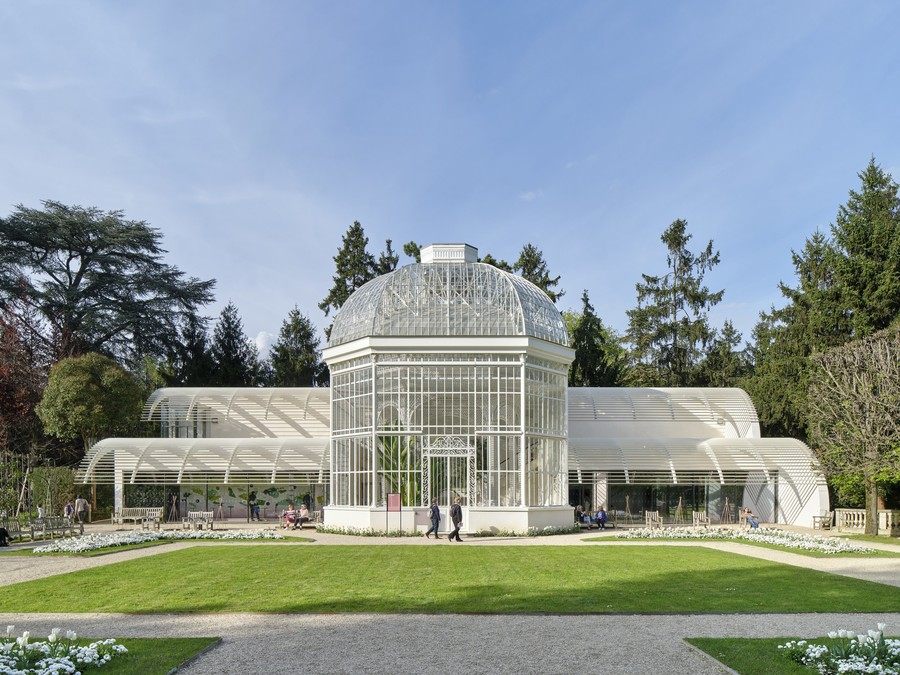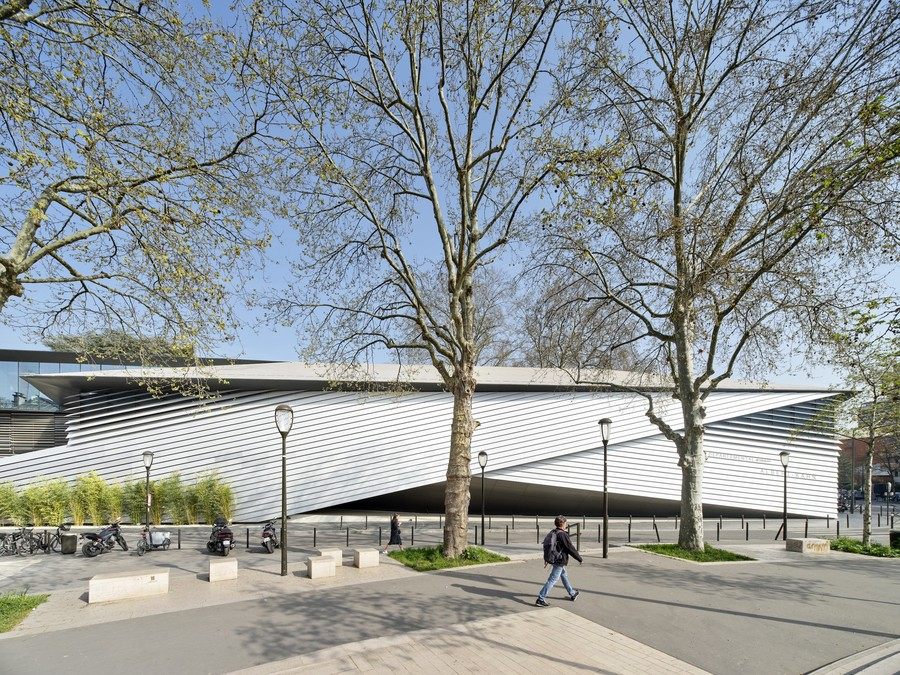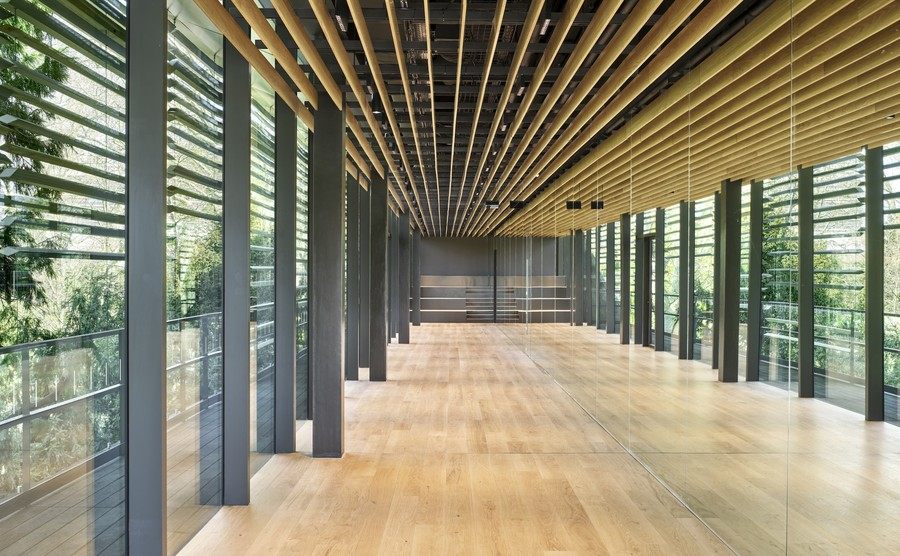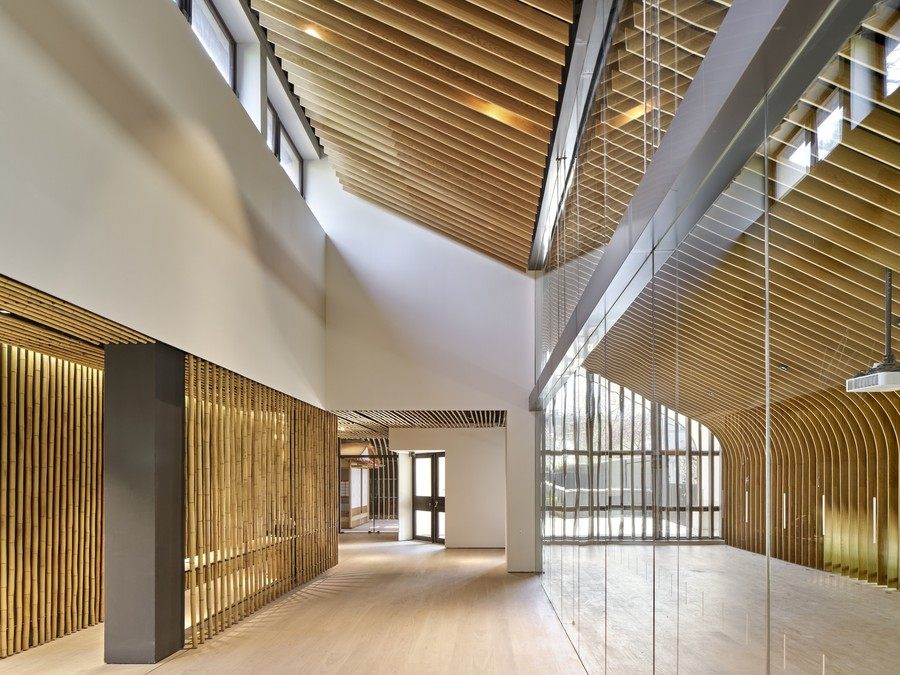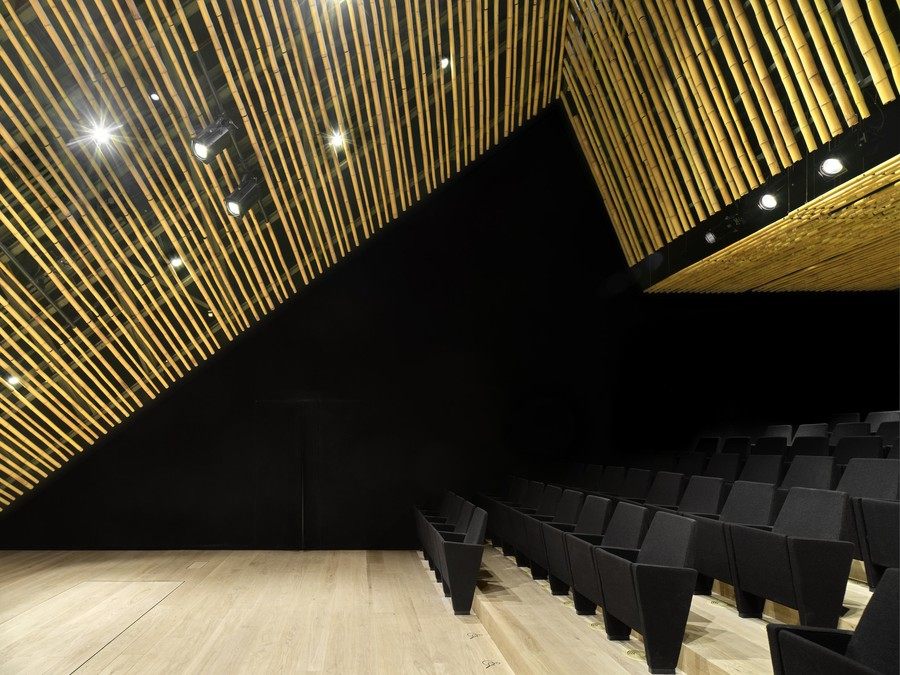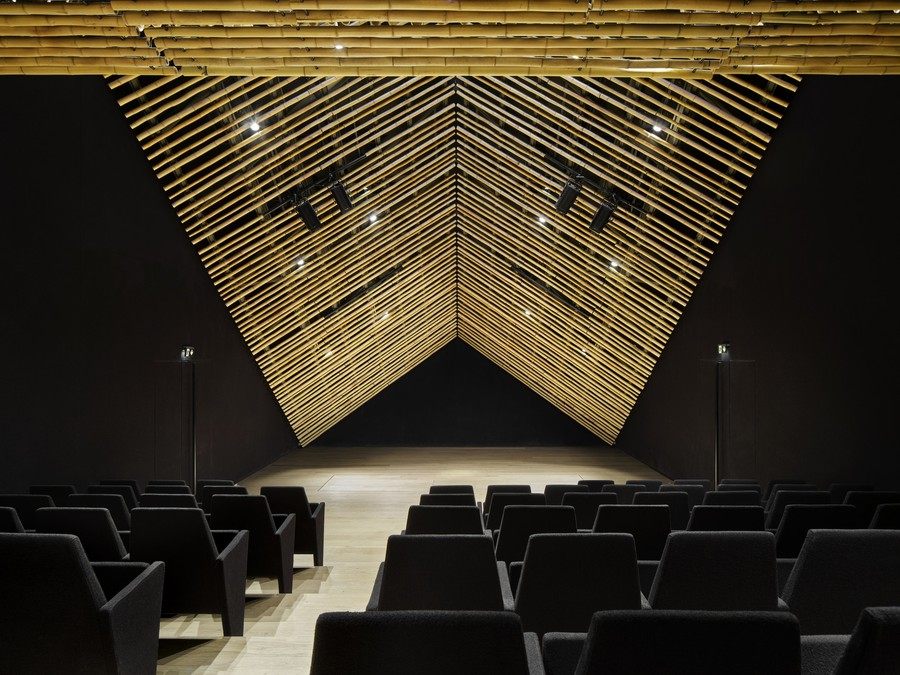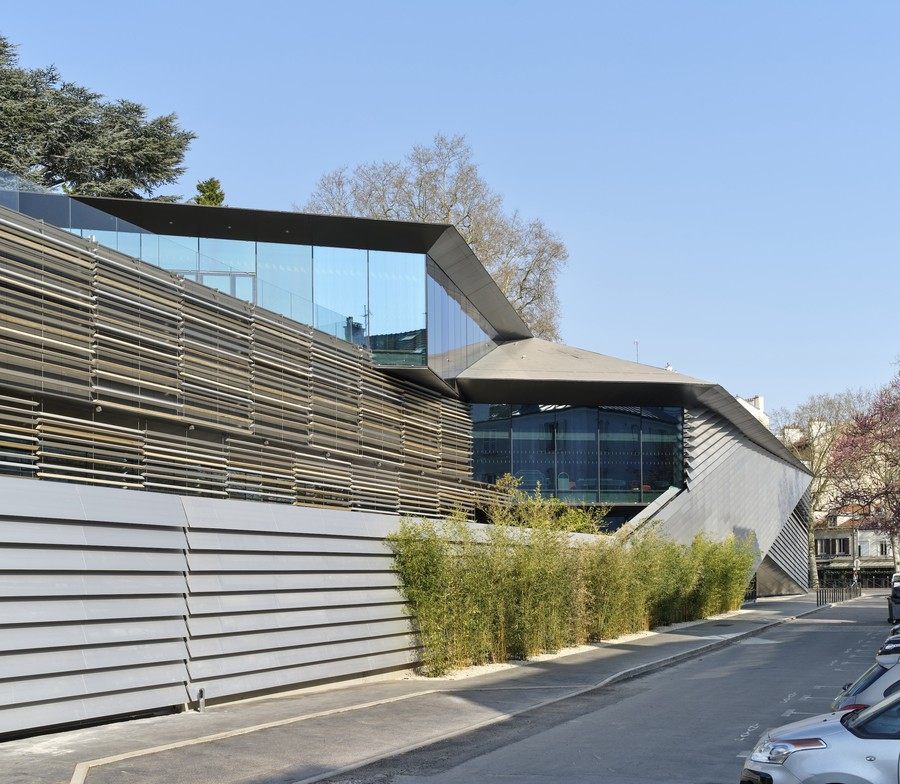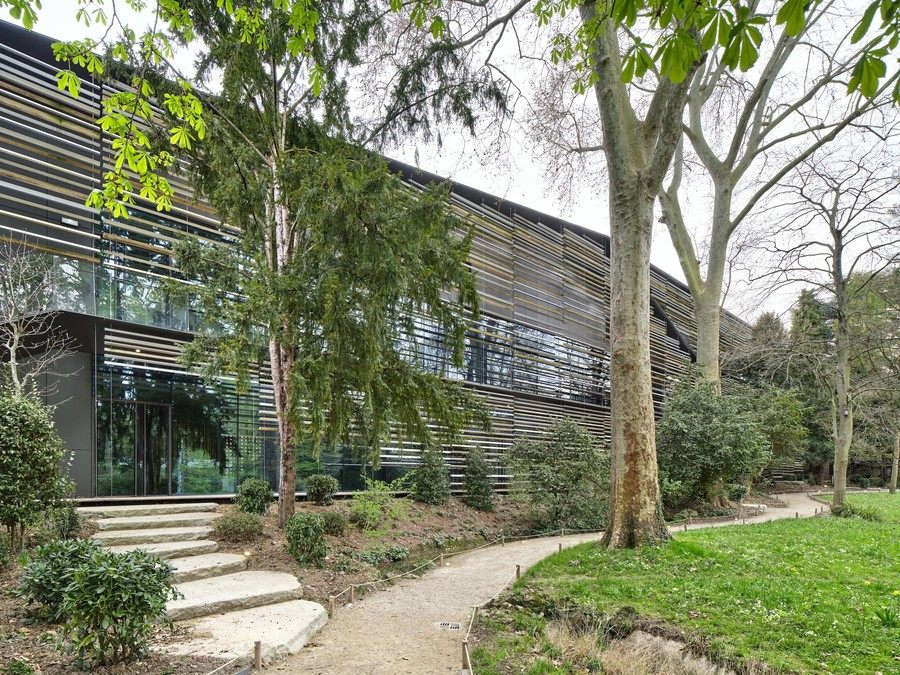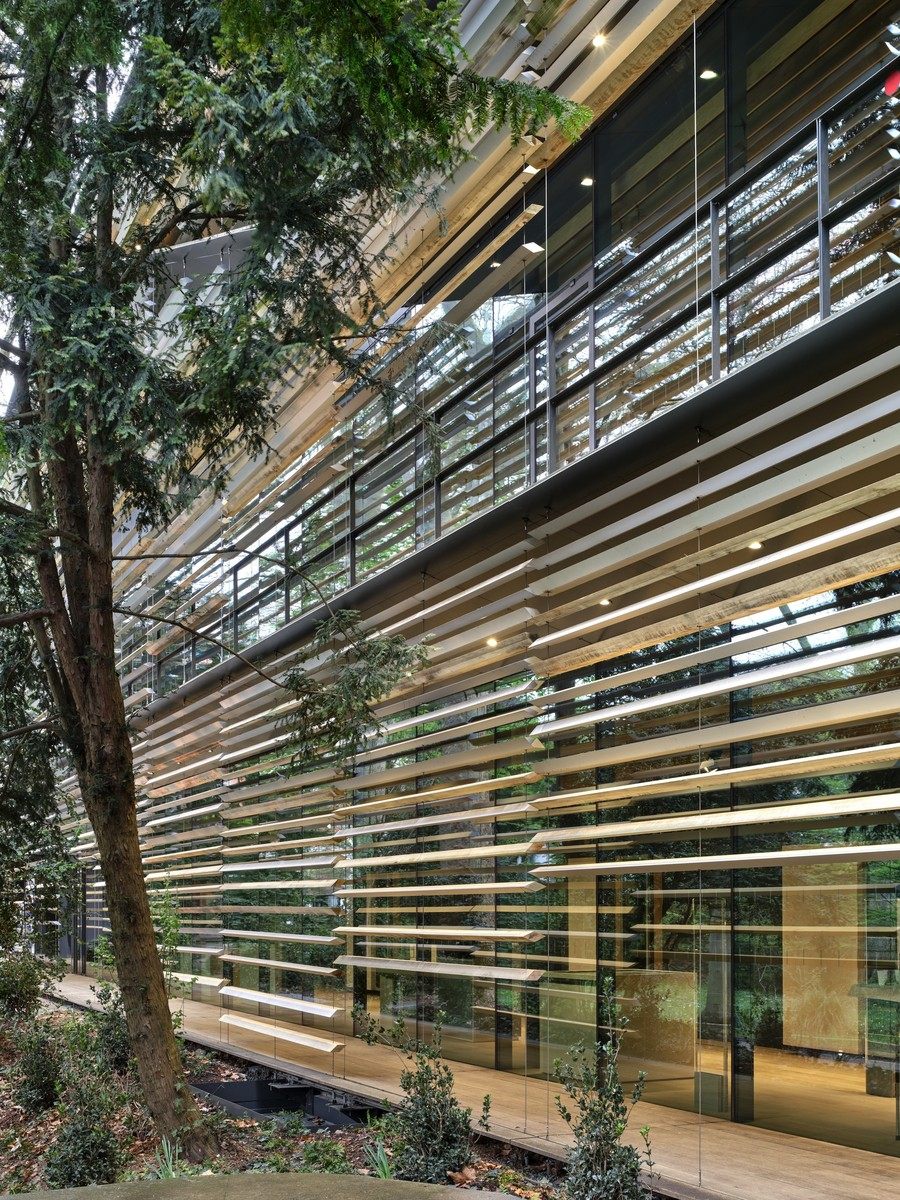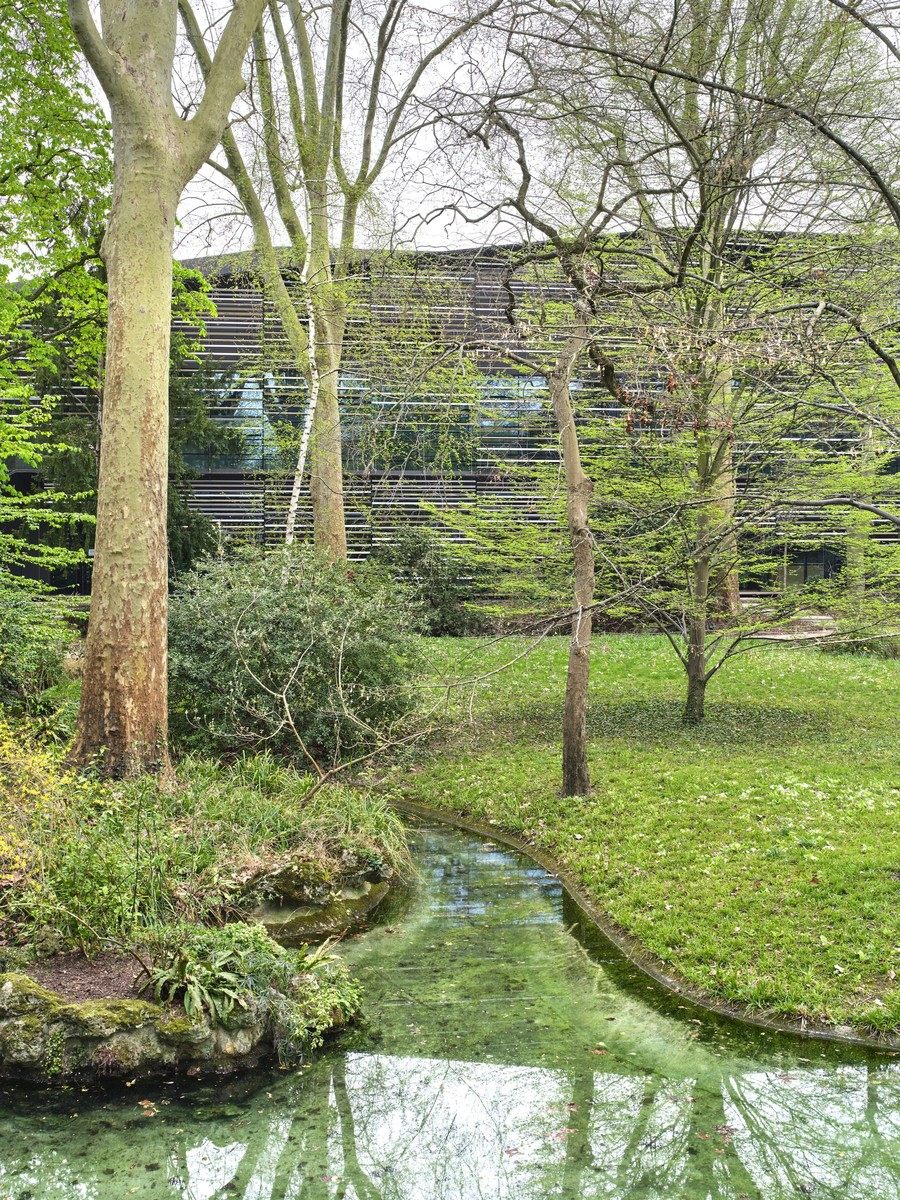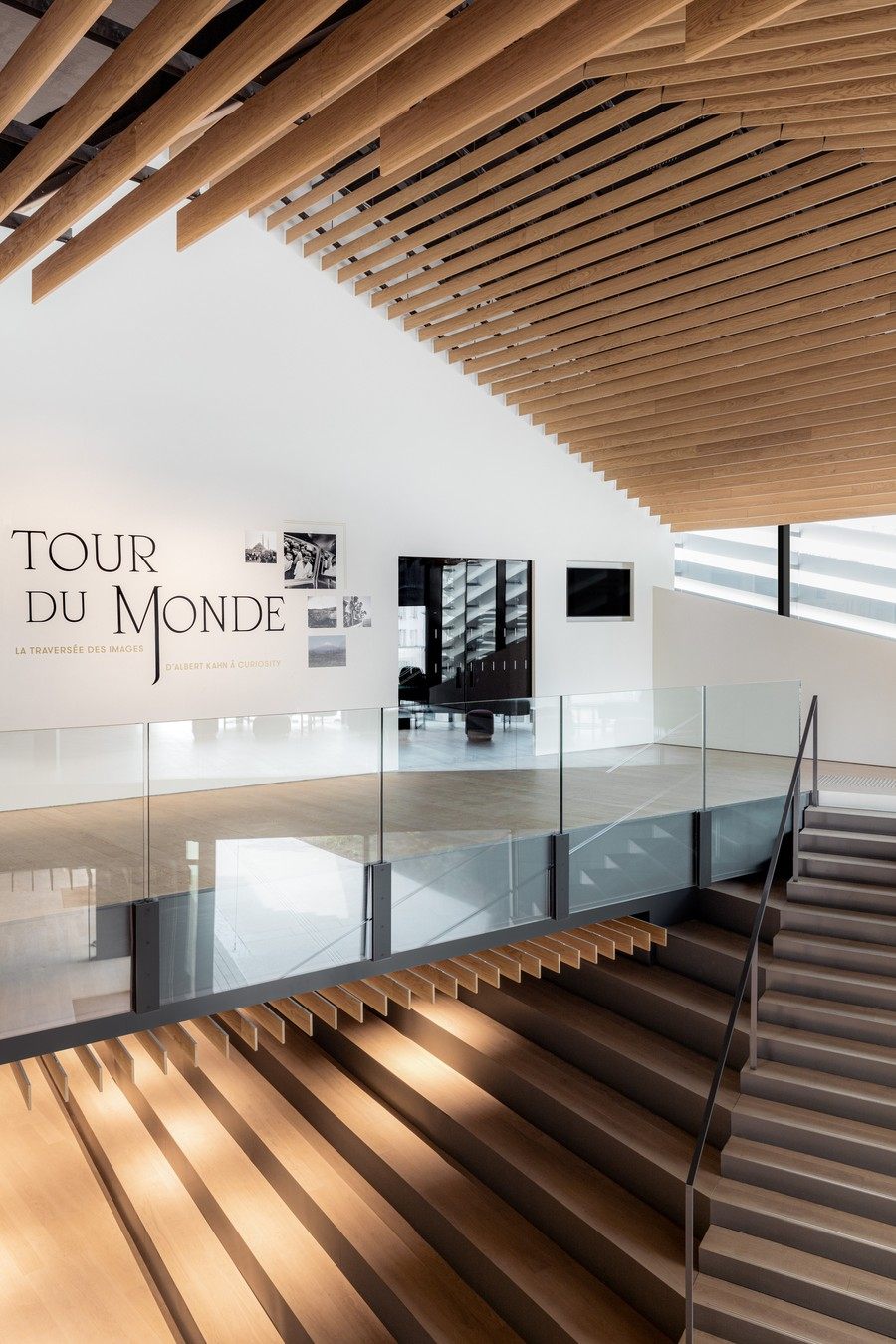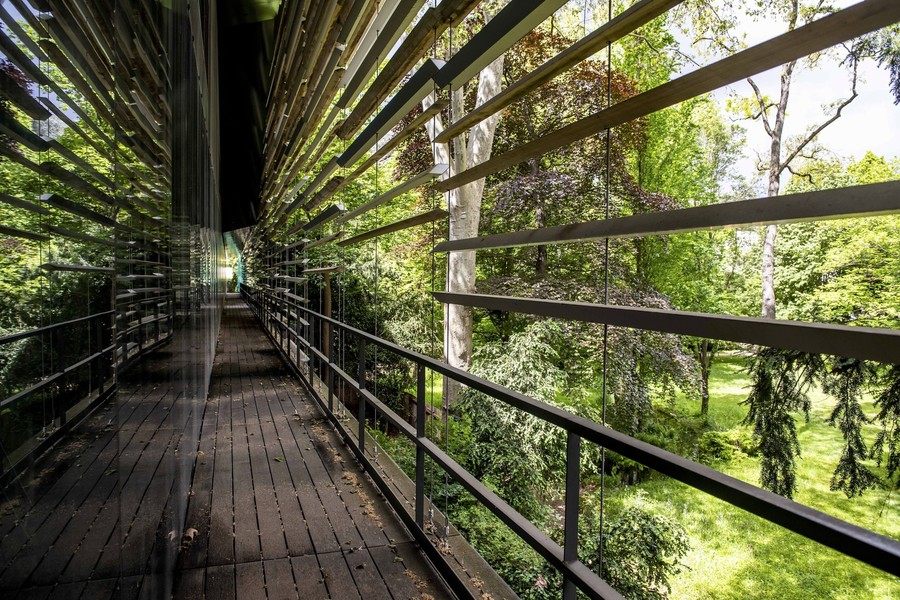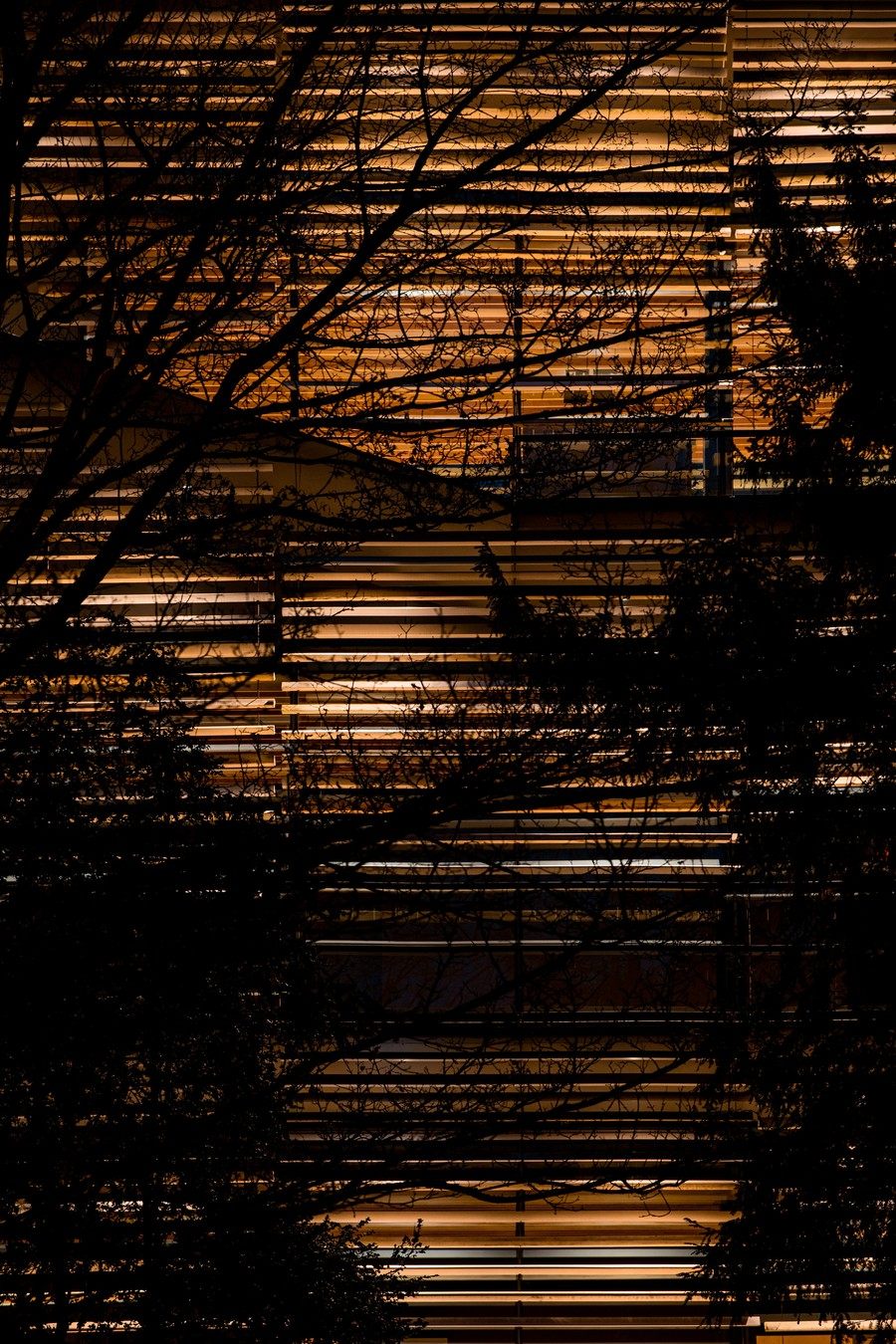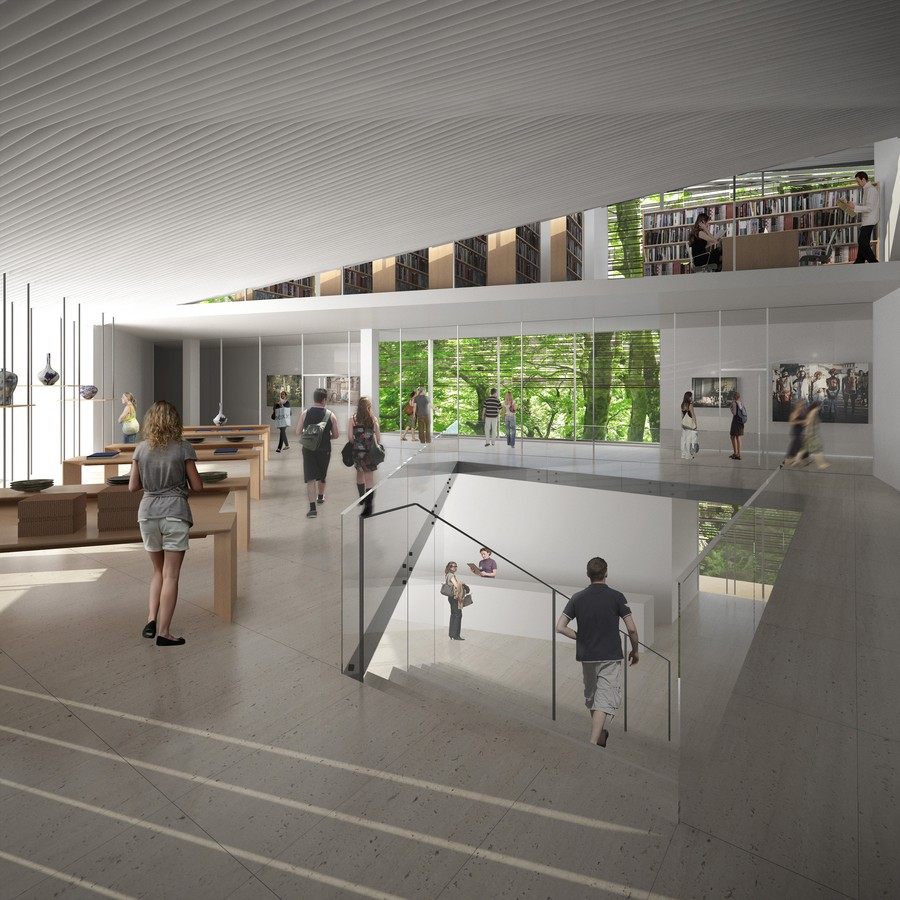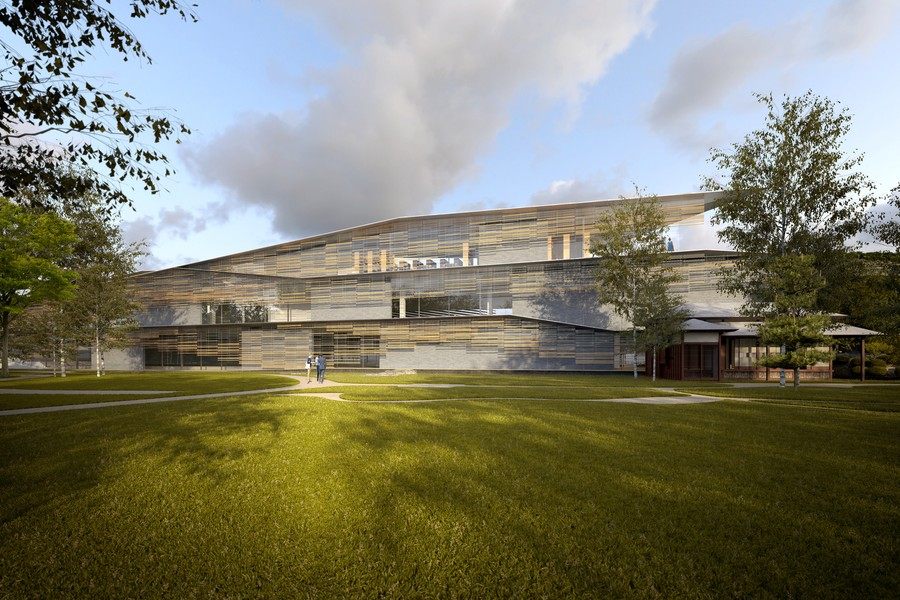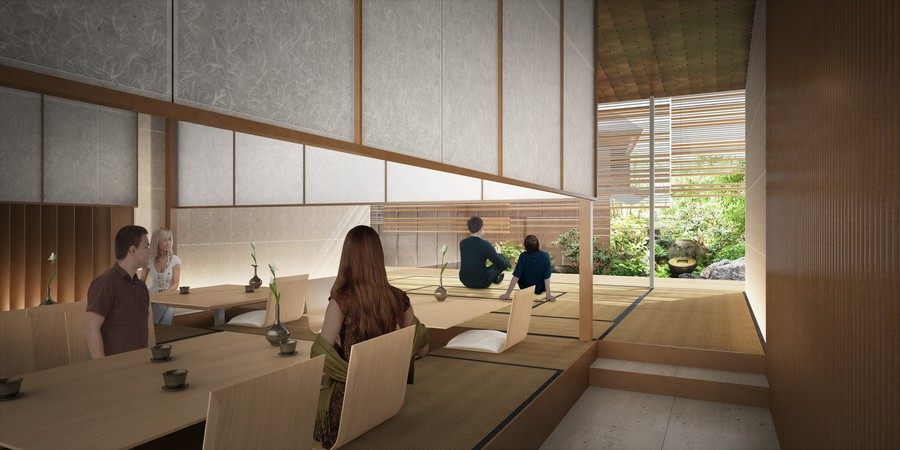|
摘要 •帮你速读文章内容 GENERATED BY AI, PLEASE IDENTIFY THE AUTHENTICITY BY YOURSELF The museum was founded by trader Albert Kahn (1840-1940), who recorded his travels around the world with 72,000 color photographs and a total of 183,000 meters of film. It is these archives that form the core of the museum's collection. Albert Kahn was particularly interested in Japan and other parts of Asia, and his photos tell the story of life in Asia at that time and have high historical and national value. It was Albert Kahn's dream to recreate gardens on the five continents of the world, especially the Japanese garden built by the gardeners he hired from Japan. The museum's exhibition space is designed as a linear extension sequence based on the path through this garden. Screens made of aluminum and wood were inserted between the path and the outside environment, while continuing the garden's horizontal and vertical sinuosity, controlling the relationship between the two. Albert Kahn's dream of integrating garden and exhibition space was realized by integrating the environment and the building. The museum's envelope on the city side is mainly aluminum, while the garden side is mainly wood; the two materials are sometimes mixed and coexist in a gradient. This design strategy also provides a biological skin for the building, allowing it to gently adapt to different environments while interacting with them. Design: Kengo Kuma & Associates Area: 4980 m² Project Time: 2022 Photographer: Michel Denancé, Think Utopia, Olivier RavoireDesign Team: Sebastien Yeou, Lopez Arahuetes Diego*, Jordi Vinals, Elise Fauquembergue, Sarah Marquert*, Marion Geinzer*, Pascal Ferreira*, Carla Beaujard*, Charles Detilleux*, Mathieu Faliu*Design: Kengo Kuma & AssociatesProject Construction: CASTELALU, EHRMANN, NORMEN, Balas, Spie, PLACOUESTProject Cooperation: AIA IngénierieInstrument: Setec BatimentLandscape Design: Michel Desvigne PaysagisteLighting Design: ARTECCity: Boulogne-BillancourtCountry: France |

